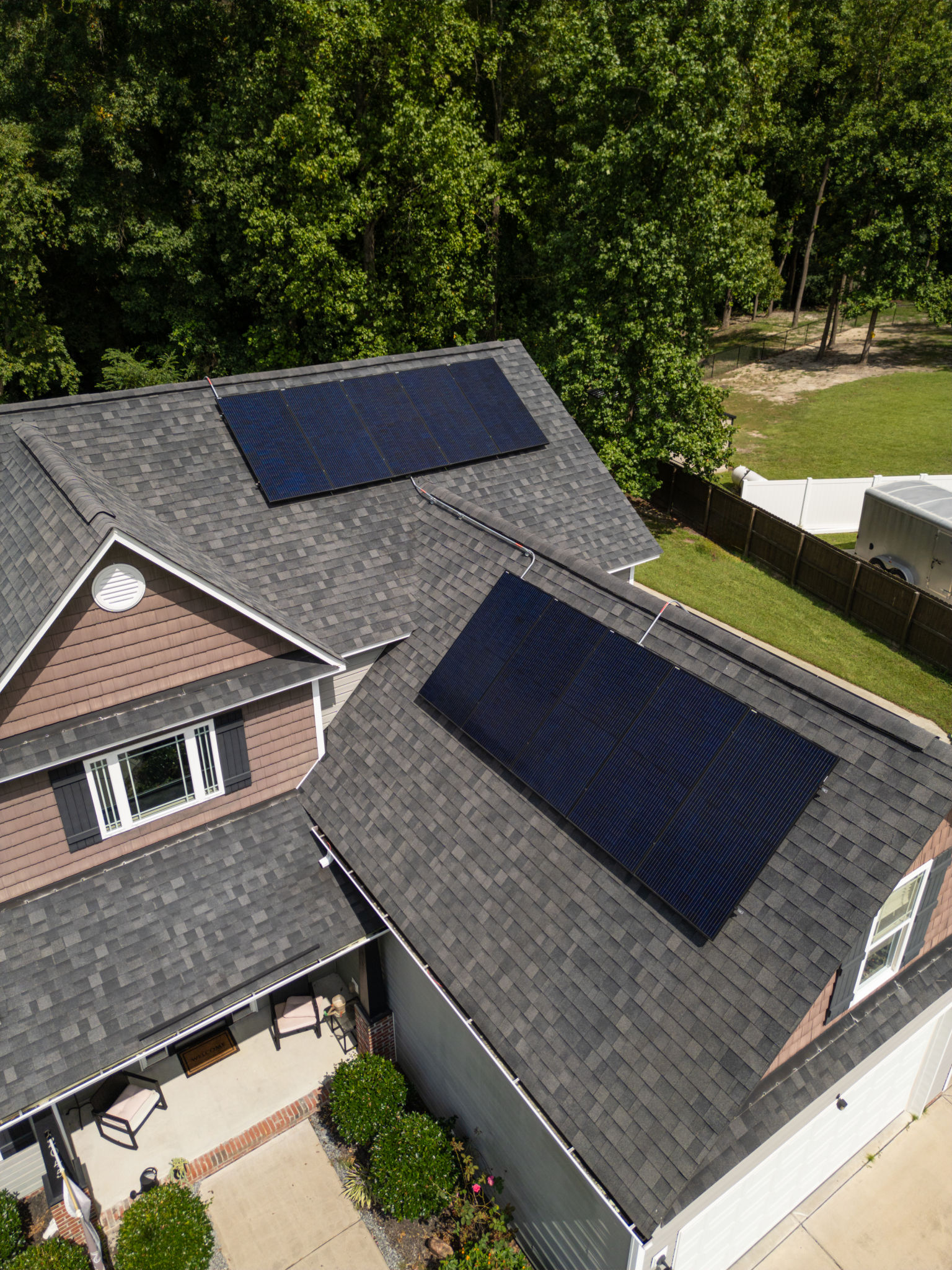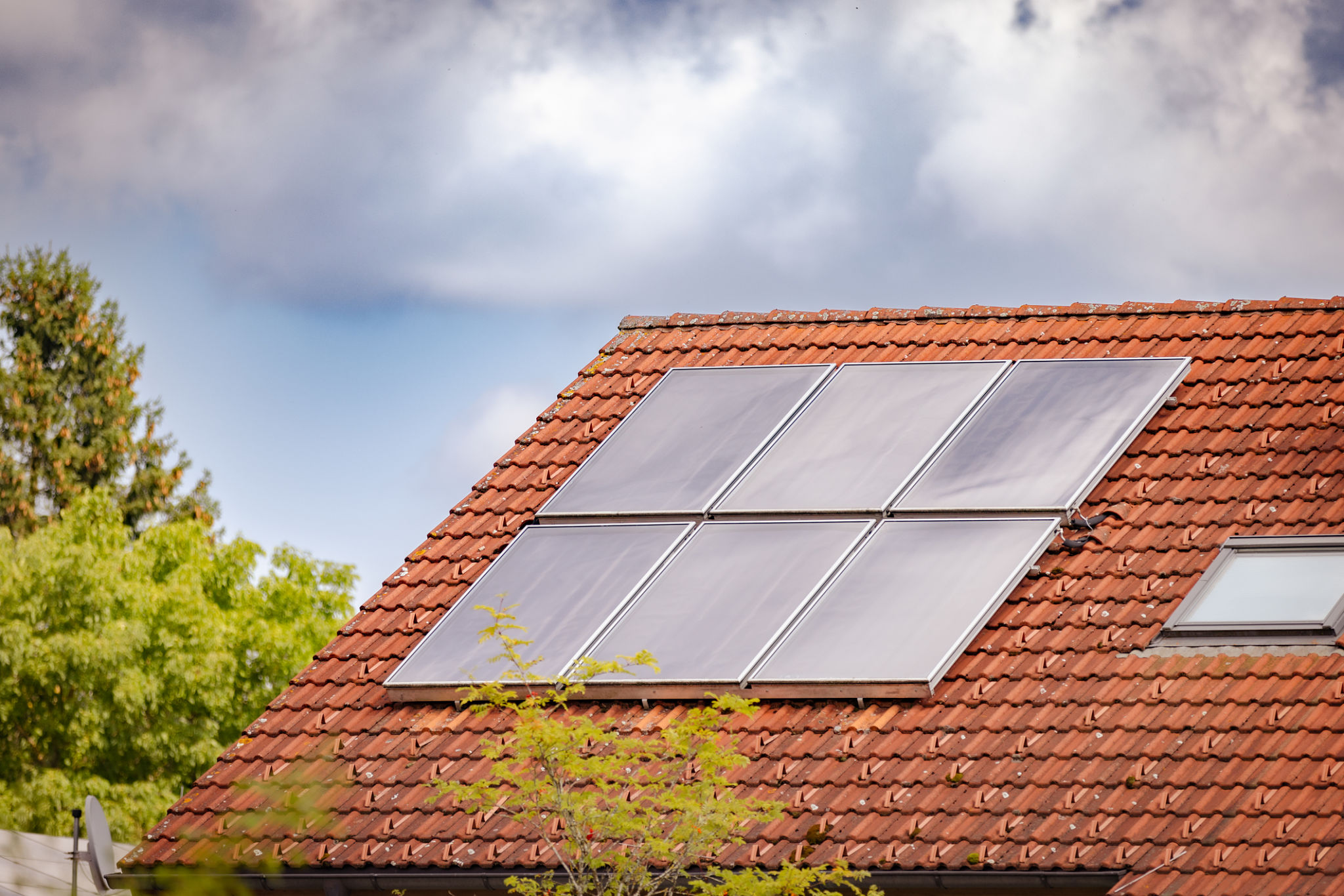Comparing Solar Installation Options: Finding the Right Fit for Your Home
Understanding Your Solar Installation Options
As more homeowners turn to solar energy, selecting the right solar installation becomes crucial. With various options available, understanding each can help you make an informed decision tailored to your home’s needs.

Roof-Mounted Solar Systems
Roof-mounted solar systems are the most common choice for residential installations. These systems are efficient, utilizing the existing structure to support the panels. They are ideal for homes with ample roof space and optimal sun exposure.
However, it’s important to ensure your roof is in good condition before installation. A strong roof will not only support the panels but also maximize the potential energy output.
Ground-Mounted Solar Systems
For homes with limited roof space or less-than-ideal roof orientation, ground-mounted systems offer a great alternative. These systems are installed on the ground, providing flexibility in terms of positioning to capture the most sunlight.
Ground-mounted systems often allow for larger installations and can be easier to access for maintenance. However, they do require more space, which might not be suitable for smaller yards.

Community Solar Projects
Community solar projects are becoming increasingly popular, especially for those who cannot install solar panels on their property. These projects allow multiple households to share the benefits of a single, larger solar installation.
Participants typically purchase or lease a portion of the solar panels and receive credits on their electricity bill for the energy produced. This option is excellent for renters or those with shaded roofs.
Solar Shingles
Solar shingles offer a more aesthetically pleasing alternative to traditional panels. These are designed to look like standard roofing shingles, seamlessly blending with your existing roof.
While solar shingles can be more expensive than traditional panels, they offer a unique solution for homeowners concerned about the visual impact of solar installations.

Choosing the Right Installer
After deciding on the type of system, choosing a reputable installer is essential. Look for certified professionals with experience and positive customer reviews.
It’s also advisable to obtain multiple quotes to compare prices and services, ensuring you receive the best value for your investment.
Understanding Incentives and Financing
Lastly, familiarize yourself with available incentives and financing options. Many governments offer tax credits and rebates to reduce the cost of solar installations.
Financing options such as loans, leases, and power purchase agreements can also make solar more accessible, allowing you to spread the cost over time.

By exploring these solar installation options and understanding the associated benefits and requirements, you can confidently select the right fit for your home, paving the way for a more sustainable future.
